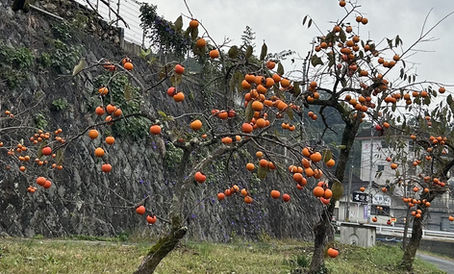'Namako-Kabe' is one of the traditional finishing styles of the external walls in Japan.
- Masahisa Takaki
- Jul 23, 2021
- 1 min read
Updated: Aug 17, 2021
Since the 19th century, hand in hand with the spread of roof tiles in Japan, these tiles also had been used for the external walls' finishing in the country. Mud walls or boarded walls were common in Japan before that though, they were inferior in fireproof as well as waterproof performance. Namako-Kabe is made of flat tiles over mud and they are finally jointed with risen white plaster. This new finishing method largely contributes to the improvement of the weak points of old external walls. The swollen shape of plaster joint looks like a sea cucumber, 'namako' in Japanese, and 'kabe' means wall, so this new one came to be called namako-kabe. The picture shows a house in Matsuzaki Town, Shizuoka Prefecture. As this town used to flourish as a silk exporting port, many old houses with namako-kabe are still found here and there.
Licensed tour guide, travel consultant,
Masahisa Takaki.
全国通訳案内士 高木聖久。






